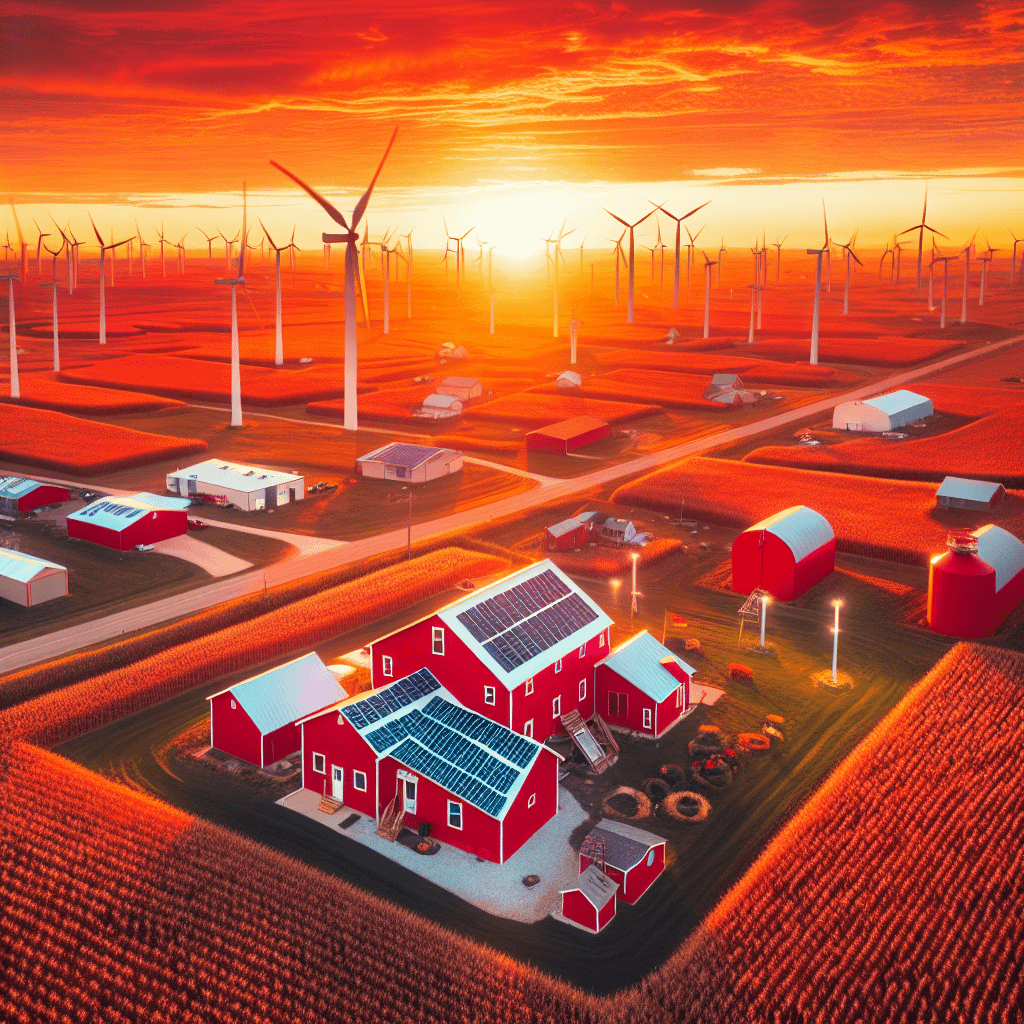If you’re looking for a paragon of the renewable-energy transition, you won’t find it in most of Europe or anywhere in China or even in California. It’s a Midwestern U.S. state known more for ethanol than for wind farms, which has voted for Donald“Green New Scam”Trump in three consecutive presidential elections.That paragon is none other than Iowa, which in 2023 generated roughly 61 percent of its electricity from wind and solar photovoltaic power (but mostly wind). A close runner-up is even deeper-red South Dakota, which went 63 percent for Trump in the latest election. Almost 56 percent of its electricity in 2023 was generated by wind turbines, which Trump has incorrectly claimed cause cancer.The two states stood out in a recent report by the clean-energy think tank RMI, which divided the U.S., Europe and China into states, countries and provinces to highlight how some are switching to renewables much faster than others.The idea is that these places are showing the others that the transition doesn’t have to be expensive or scary or even constrained by politics. If other territories merely catch up to these leaders, then cleantech deployment will at least triple, pushing the world closer to its goals for slashing greenhouse-gas emissions and limiting global heating to less-than-catastrophic levels.Europe beats the U.S. and China in the sheer number of territories RMI calls “global leaders” of the green revolution, or those generating more than 30 percent of their electricity from wind and solar. Denmark led the world with 67 percent of its electricity generated that way in 2023, according to RMI. But Iowa was the world’s second-leading territory, and South Dakota placed third. Several other U.S. states were also among the global leaders, including New Mexico, Kansas, Oklahoma, California, Vermont, Colorado and North Dakota — covering pretty much all of the U.S. political spectrum.For sheer volume of renewable power, no state beats deep-red Texas, which generated nearly 120 million megawatt-hours of electricity from wind alone in 2023, according to the U.S. Energy Information Administration. That nearly matches the power generated by all sources in New York — a reliable blue state that derives less than 10 percent of its energy from wind and solar, placing it just barely above the global “laggards,” in RMI’s judgment. But Texas is also an energy-hungry state, and just 28 percent of its power comes from wind and solar, leaving it shy of the leaders.The political vibe in these states isn’t exactly open to environmentalist arguments for clean energy. In fossil-fuel-rich Texas, some politicians aredownright hostileto renewables. Now that Trump is heading back to the White House, with Republicans in full control of government, the national mood might seem to be turning against cleantech.But not only are red states among the leaders in rolling out clean energy, red districts are also the biggest recipients of the Inflation

